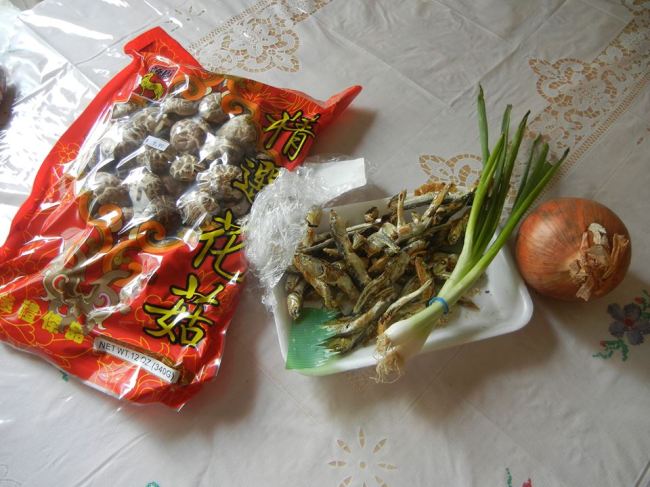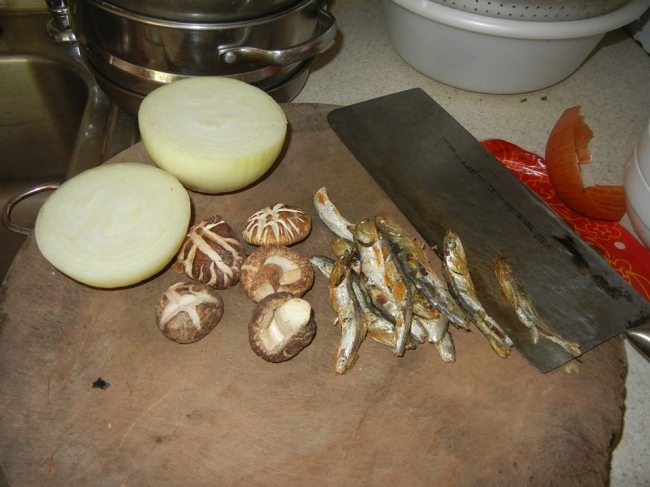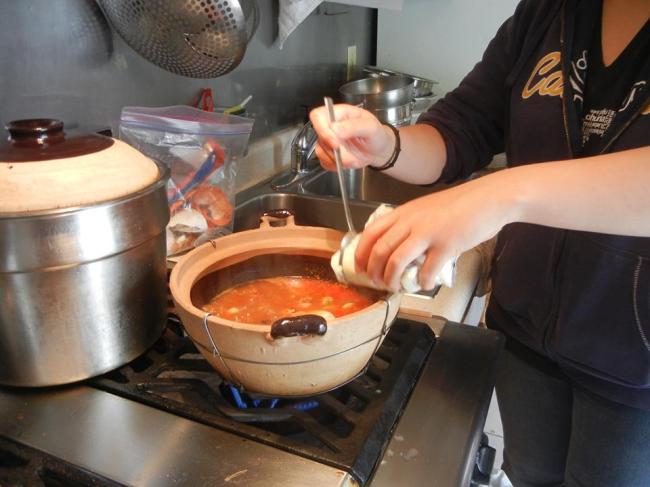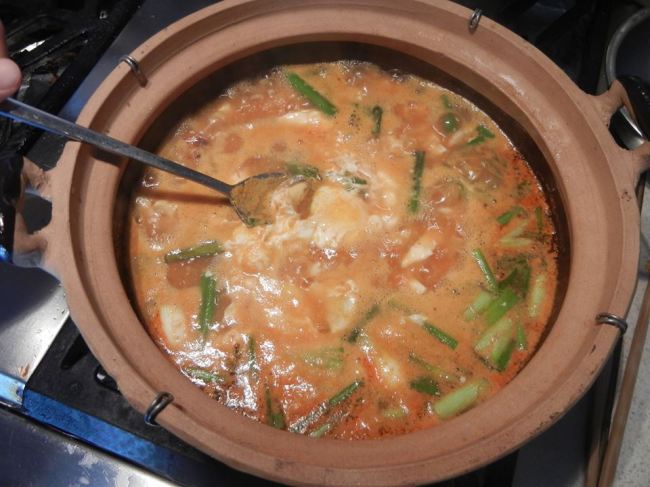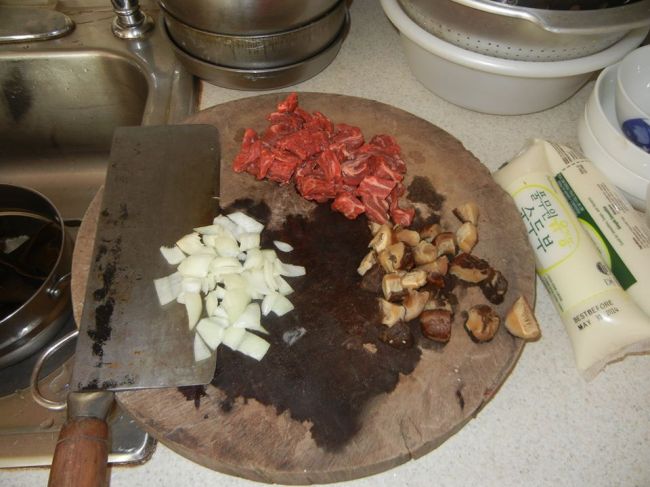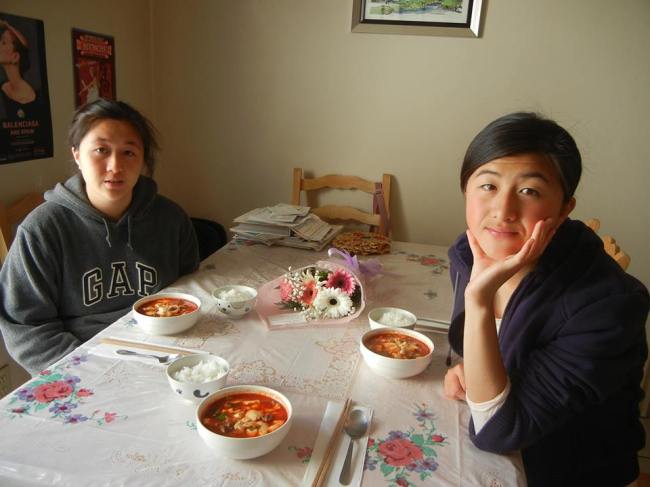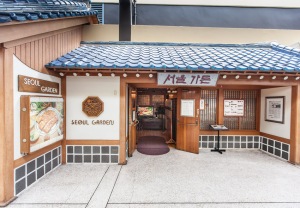There isn’t actually any “charm” to cooking no matter how many times you practice making a dish; mistakes, no matter how minuscule, are bound to happen. Although I can’t say the same for everyone, this seems to be what happens the majority of the time to me no matter what I’m cooking. Whether a cake is too moist or dry, whether a vegetable dish isn’t cooked thoroughly, whether a rice dish doesn’t have enough flavor, there will be at least something to criticize.
Maybe I just know how to screw things up, since I can be lazy and in turn a bit careless, but problems arose one time or another as I cooked through soondubu jjigae for the first time. My first try in making the dish involved ill-preparation while the second had a… different kind of inadequacy. Because I had watched several YouTube videos and made rounds in the Korean supermarket to gather ingredients, I thought I was set to recreate the soondubu in one try.
And yet, that same thought always backfires on me when I end up with a dish that lacks in one way or another. This time around, my main problems came with not thinking ahead on the day I decided to make the dish. I had invited some friends over as my victims– I mean tasters and I had planned on cooking everything when I got home after class that Friday. However, as I starting gathering all the materials together for the broth of the soup, I realized that I hadn’t taken out the beef and seafood from the fridge to thaw that morning.
Luckily for me, I had some meat to spare in the fridge; and switching from beef to pork wasn’t a big tweak to the original recipe I had chosen. I was so focused the entire time on the timing of cooking everything that almost every other detail flew over my head.
The rest of my mistakes for the first time edged around forgetting an ingredient here and there for the broth and sauté, adding too much broth to the soup, not properly cleaning the slightly sandy seafood, omitting the extra needed hot pepper flavor in fear of hurting my spice-sensitive friend, forgetting to cook the rice on time that was supposed to accompany the soup, and even portioning the servings correctly to my friends.
Despite all those small little falling outs, the dish was still edible. Like me, my friends and her mother had to acquire their taste for the intimidating red soup. They had plenty small little dissatisfactions, which I readily accepted and actually encouraged as if I was fishing for criticisms, but they kept reassuring me that it tasted good overall. Nice try, guys.
Second trial. I decided to wait until Mother’s Day morning to have another set of individuals eat my soondubu jjigae. This time, I had the thawed the beef and cleaned the seafood, but I forgot other things like putting the mushrooms into the broth, and later discovered that the beef might have tasted better had I marinated it first. And because I was focused on getting the spicy flavor I didn’t get enough of the first try, the amount I added this time seemed to overpower the rest of the dish.
My family knows nothing about authentic Korean food, so they had no idea what advice to give me. But they did their best in trying to aid me with some simple taste comprehensions that they believed should reflect on the Korean palate based on the store-bought kimchi that they’ve eaten before. At least it was a nice way to spice up their Mother’s Day morning.
But all in all, both meals were edible despite how they were lacking in some way or other. And considering that I did tweak the different recipes I used in several ways, the knowledge I gained outweighs the mistakes I made. Korean cooking is a complicated art, but I’m already looking up more foods to cook up and try out on my own. Gotta give it all another try!
